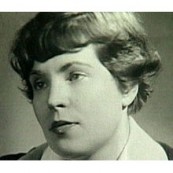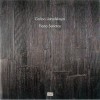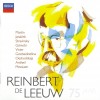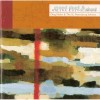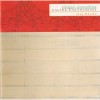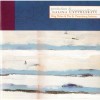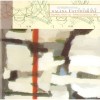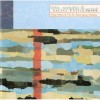Biography
Galina Ivanovna Ustvolskaya, also Ustwolskaja or Oustvolskaia (Russian: Гали́на Ива́новна Уство́льская, 17 June 1919, Petrograd – 22 December 2006, St. Petersburg), was a Russian composer of classical music.
From 1937 to 1947 she studied at the college attached to the Leningrad Conservatory (later renamed the Rimsky Korsakov Conservatory). She subsequently became a postgraduate student and taught composition at the college. Her composition teacher Dmitri Shostakovich, said of her: I am convinced that the music of G. I. Ustvolskaya will achieve worldwide renown, to be valued by all who perceive truth in music to be of paramount importance.
On several occasions Shostakovich supported her in the Union of Soviet Composers against opposition from his colleagues. He sent some of his own as yet unfinished works to Ustvolskaya, attaching great value to her comments. Some of these pieces even contain quotations from his pupil’s compositions; for example, he employed the second theme of the Finale of her clarinet trio throughout the Fifth String Quartet and in the Michelangelo Suite (no. 9). The intimate spiritual and artistic relationship between the two composers has been compared to that of Schoenberg and Webern.
She was a pupil of Shostakovich from 1939 to 1947 but retained little influence of his style from the 1950s onwards. As a modernist, she had few public performances; until 1968 none of her works were performed other than patriotic pieces written for official consumption. Until the fall of the USSR, only the violin sonata of 1952 was played with any frequency, but since then her music has been increasingly often programmed in the west.
Ustvolskaya developed her own very particular style, of which she said, "There is no link whatsoever between my music and that of any other composer, living or dead." Among its characteristics are: the use of repeated, homophonic blocks of sound, which prompted the Dutch critic Elmer Schönberger to call her "the lady with the hammer"; unusual combinations of instruments (such as eight double basses, piano and percussion in her Composition No. 2); considerable use of extreme dynamics (as in her Piano Sonata No. 6); employing groups of instruments in order to introduce tone clusters; and the use of piano or percussion to beat out regular unchanging rhythms (all of her acknowledged works use either piano or percussion, many use both).
The music of Galina Ustvolskaya is not 'avant-garde' in the commonly accepted sense of the term and for this reason was not openly censured in the USSR. However, she was accused of being unwilling to communicate and of ‘narrowness’ and ‘obstinacy’. It is only in the recent past that her critics have begun to realize that these supposed deficiencies are in fact the distinguishing qualities of her music. The composer Boris Tishchenko has aptly compared the ‘narrowness’ of her style with the concentrated light of a laser beam that is able to pierce through metal.
Galina Ustvolskaya’s works of the 1940s and 1950s sometimes sound as if they had been written today. Her specific idealism is informed by an almost fanatical determination; this should be construed not only as a typically Russian trait, but also – in terms of Dostoyevsky – as a 'St. Petersburgian' one. Shostakovich wrote to her. It is not you who are influenced by me; rather, it is I who am influenced by you. People quote Ustvolskaya; she does not quote them.
All of Ustvolskaya's works are large-scaled in intent, no matter how long they are or how many players are involved. Ustvolskaya's music is largely based on tension and density.





